Anaheim Chile Pepper Substitute: Spicing Up Your Kitchen Without the Real Deal!
Table of Contents
- Introduction
- Understanding the Anaheim Chile Pepper
- The Best Anaheim Chile Pepper Substitutes
- Buying Guide for Anaheims and Their Alternatives
- Cooking Tips: How to Use These Peppers Like a Pro
- FAQ: Everything You Need to Know About Anaheim Substitutes
- Conclusion
Introduction
Have you ever stood in front of your pantry, recipe in hand, only to realize that the Anaheim chile pepper you were counting on is missing? Don’t panic! There are plenty of great alternatives that can bring a similar flavor and heat profile to your dish. Whether you’re roasting, stuffing, or adding spice to salsas, this guide will help you find the perfect anaheim chile pepper substitute without compromising taste.
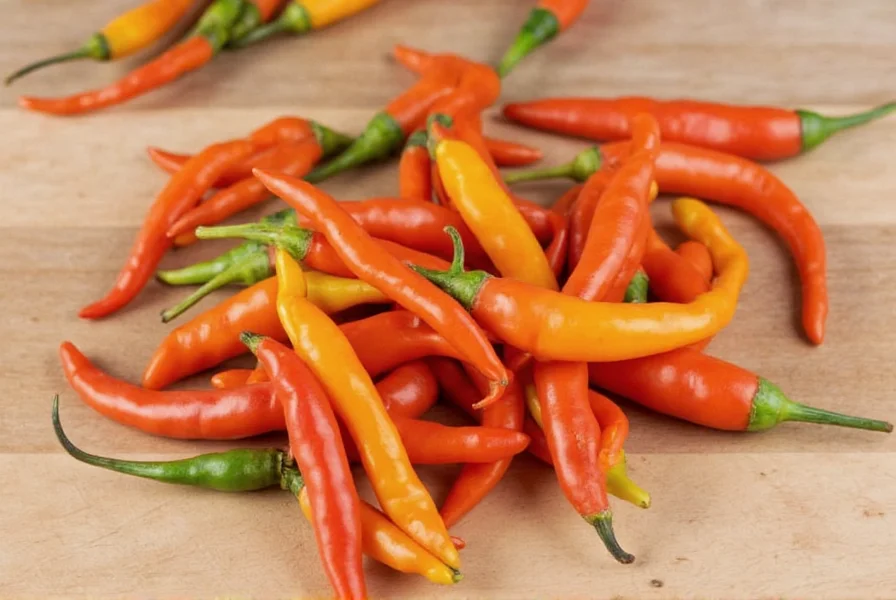
Understanding the Anaheim Chile Pepper
Before we dive into substitutes, let’s talk about what makes the Anaheim chile special. Known for its mild to medium heat (500–2,500 Scoville units), it’s versatile and often used in Mexican-American dishes like chiles rellenos, stews, and sauces. The skin roasts beautifully, and the flavor is slightly sweet with grassy notes—perfect for those who enjoy a little kick without overwhelming heat.
Flavor Profile:
- Mild to moderate heat
- Earthy and slightly sweet
- Thin skin that roasts well
Common Uses:
- Chiles rellenos
- Salsas and sauces
- Stuffed with cheese or meat
- Garnish or roasted topping
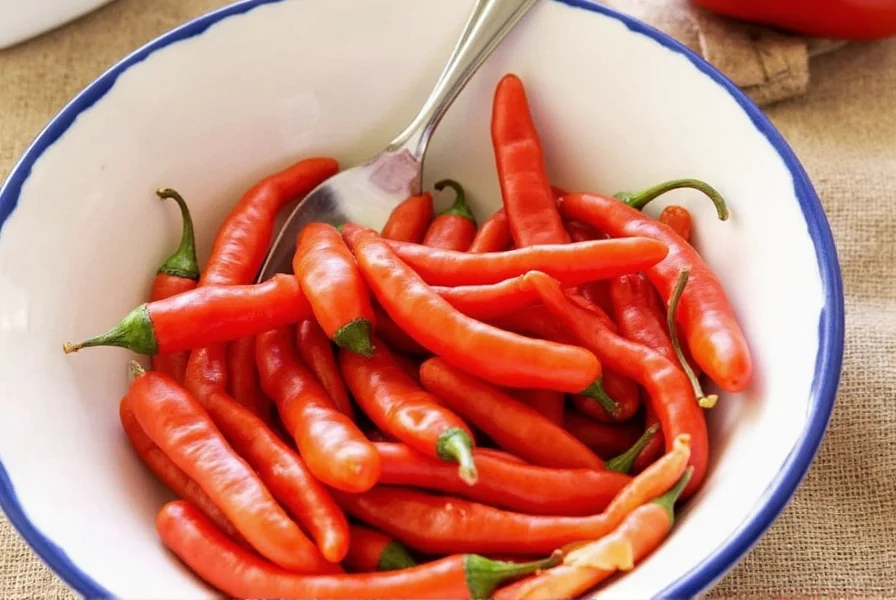
The Best Anaheim Chile Pepper Substitutes
When searching for an Anaheim replacement, consider two main factors: heat level and flavor. Here are five top contenders that can seamlessly step in when the real deal isn’t available:
1. Poblano Pepper
One of the most popular substitutes, especially if you're making stuffed peppers or sauces. It's slightly spicier than Anaheim but has a rich, earthy flavor. When dried, it becomes ancho chili powder.
2. Jalapeño Pepper
If you want a bit more heat, jalapeños fit the bill. They have a crisp bite and are commonly used in salsas and relishes. Just be aware that they pack more punch—remove seeds and membranes for milder results.
3. Cubanelle Pepper
A sweeter, milder option from the Caribbean and parts of Latin America. Its light yellow to green color and thin walls make it ideal for roasting and stuffing. Not as hot, but full of flavor.
4. Hungarian Wax Pepper
These start off mild but can get quite spicy as they ripen. Great for pickling or roasting. Choose the green ones if you want something closer to Anaheim in terms of heat.
5. Green Bell Pepper
While not spicy at all, green bell peppers share a similar texture and mildness. Ideal if you’re looking for crunch and volume rather than heat. Often used in soups and stir-fries.
| Pepper | Heat Level (Scoville) | Flavor Notes | Best For |
|---|---|---|---|
| Anaheim | 500–2,500 | Slightly sweet, earthy | Rellenos, roasting, salsas |
| Poblano | 1,000–2,000 | Earthy, smoky | Stuffing, sauces |
| Jalapeño | 2,500–8,000 | Grassy, crisp | Salsas, pickling |
| Cubanelle | 100–1,000 | Sweet, citrusy | Roasting, sautéing |
| Hungarian Wax | 500–10,000 | Fruity, tangy | Pickling, grilling |
| Green Bell | 0 | Vegetal, crisp | Soups, stir-fries |
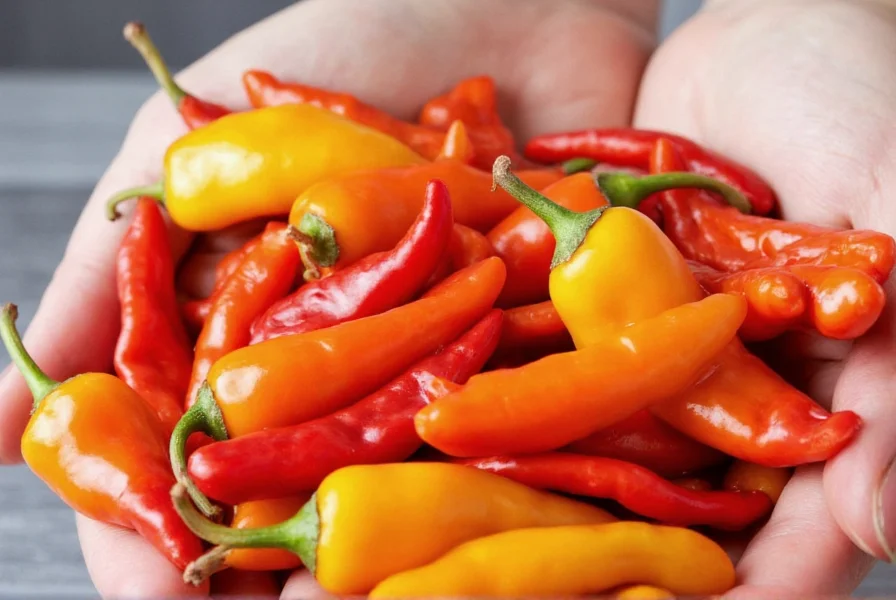
Buying Guide for Anaheims and Their Alternatives
Whether you’re shopping for fresh produce or hunting down dried versions, here’s how to choose the best peppers for your culinary needs:
What to Look For in Fresh Peppers
- Bright color: Avoid dull or discolored skins; look for shiny peppers.
- Firm texture: A soft pepper may be overripe or spoiled.
- No wrinkles: Wrinkles suggest age or poor storage conditions.
- Vibrant green hue: Especially important for Anaheim and similar types.
Dried Peppers: What You Need to Know
- Look for even coloring: No dark spots or patches.
- Check flexibility: Dried peppers should bend, not crack.
- Smell test: Must have a fresh, aromatic scent—no mustiness.
Where to Buy
- Local grocery stores: Most carry basic options like Anaheim, jalapeño, and bell peppers.
- Hispanic markets: Find unique varieties like poblanos and Cubanelles.
- Online retailers: Great for rare or dried options like Hungarian wax.
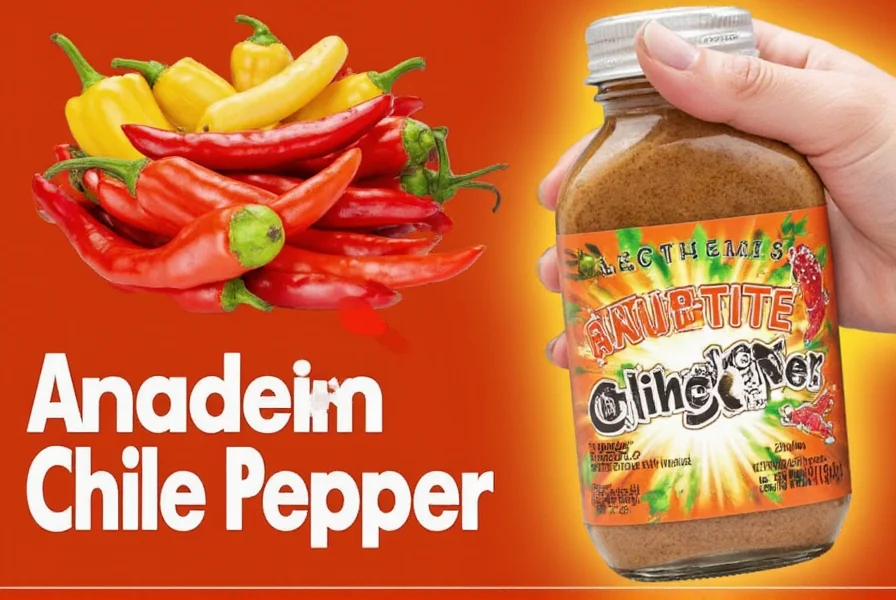
Cooking Tips: How to Use These Peppers Like a Pro
Substituting Anaheim chiles doesn’t mean sacrificing flavor or texture. Here’s how to work with each alternative in the kitchen:
For Roasting
- Poblano: Roast until blistered and peel the skin. Perfect for creamy sauces or stuffing.
- Cubanelle: Thin-skinned and easy to char. Toss with olive oil and roast at 400°F (200°C) for a few minutes.
- Jalapeño: Slice lengthwise and roast for smoky tacos or nachos.
For Salsas and Sauces
- Anaheim or Cubanelle: Mild enough for everyday salsas but still flavorful.
- Jalapeño: Seeds = spice! Remove them for a milder blend or leave them in for extra kick.
- Poblano: Blend with tomatoes, garlic, and cilantro for a deep, complex salsa verde.
For Stuffing and Baking
- Poblano: Classic choice for chiles rellenos—stuffed with cheese and battered.
- Hungarian Wax: Hollow out and fill with rice or quinoa mixtures.
- Green Bell: Use for vegetarian-friendly stuffed pepper recipes with beans and corn.
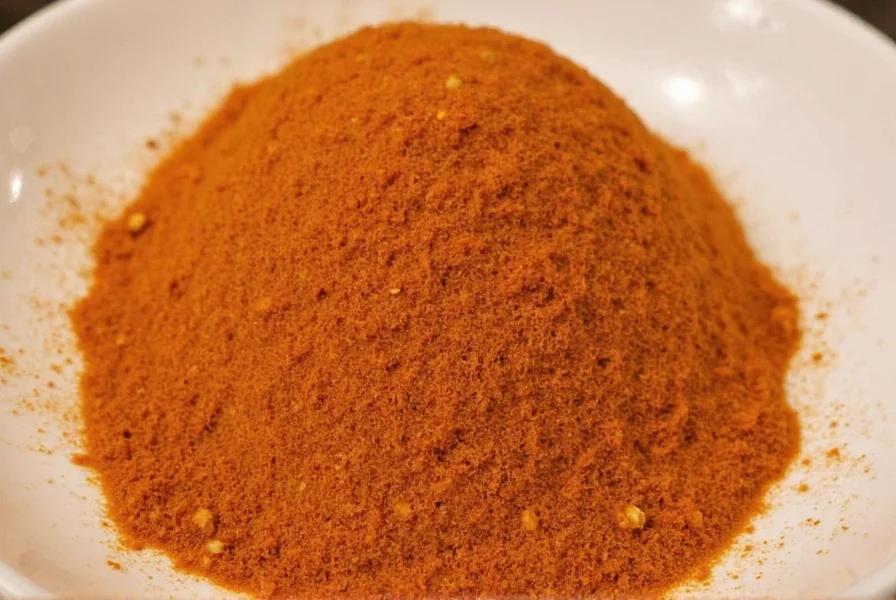
FAQ: Everything You Need to Know About Anaheim Substitutes
Can I use red bell peppers instead?
Red bell peppers are sweeter and fully ripe. If you want less bitterness and more sweetness, yes—but expect a different flavor profile.
Are there canned Anaheim peppers?
Yes! Canned green chiles often include Anaheim or a very similar variety. Check the label for specifics.
How do I store fresh peppers?
Store unwashed in a plastic bag in the fridge for up to a week. For longer storage, freeze whole or sliced.
Do these substitutes work in dried form too?
Some do! Poblanos become anchos, which are fantastic in mole sauces. Cubanelles aren't typically dried, but jalapeños turn into chipotles, which are much spicier.
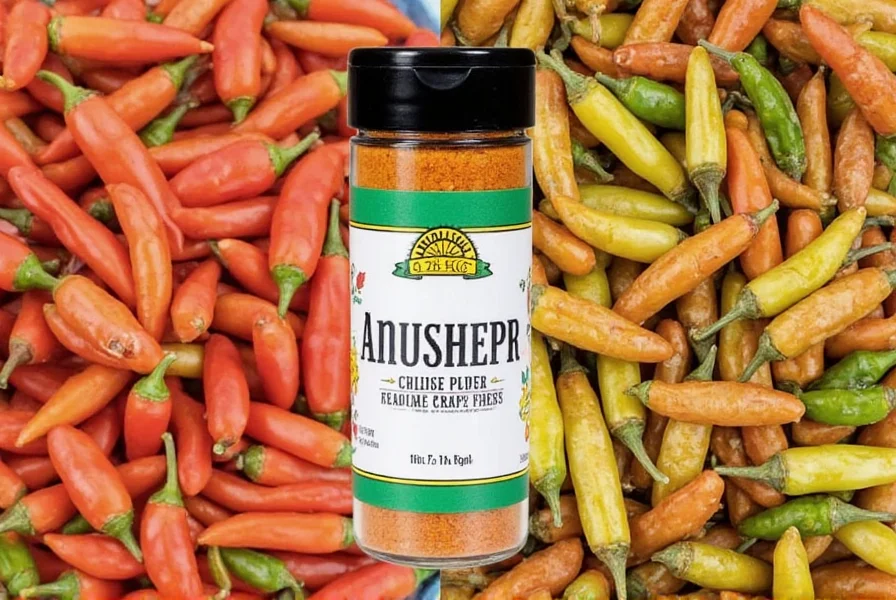
Conclusion
The Anaheim chile pepper is a staple in many kitchens, but running out doesn’t have to stop you from cooking up a storm. With so many great substitutes available—from the earthy poblano to the crisp jalapeño—you can adapt any recipe with confidence. Keep this guide handy the next time you need to swap out the Anaheim, and remember: the best substitute is the one that fits your flavor and spice preferences.
Happy cooking, and may your peppers always roast to perfection!
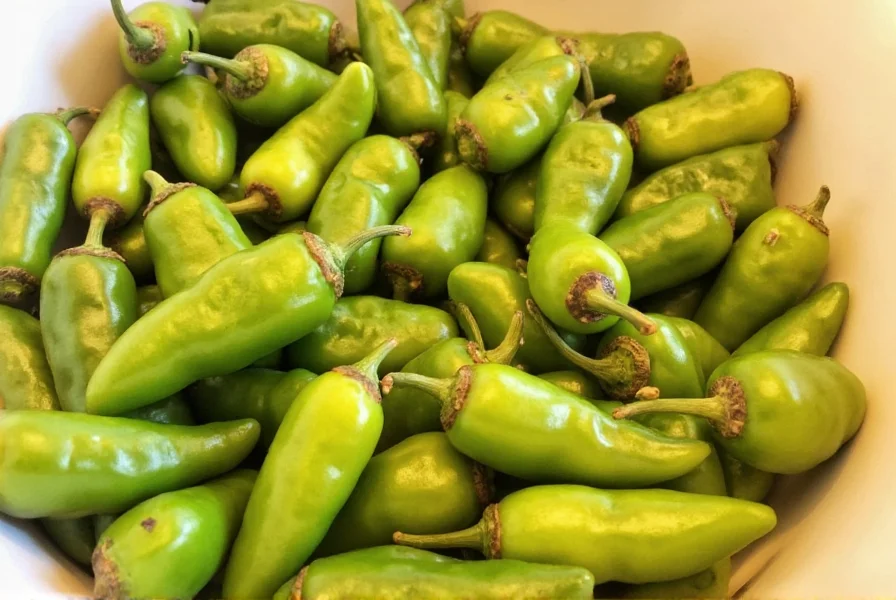

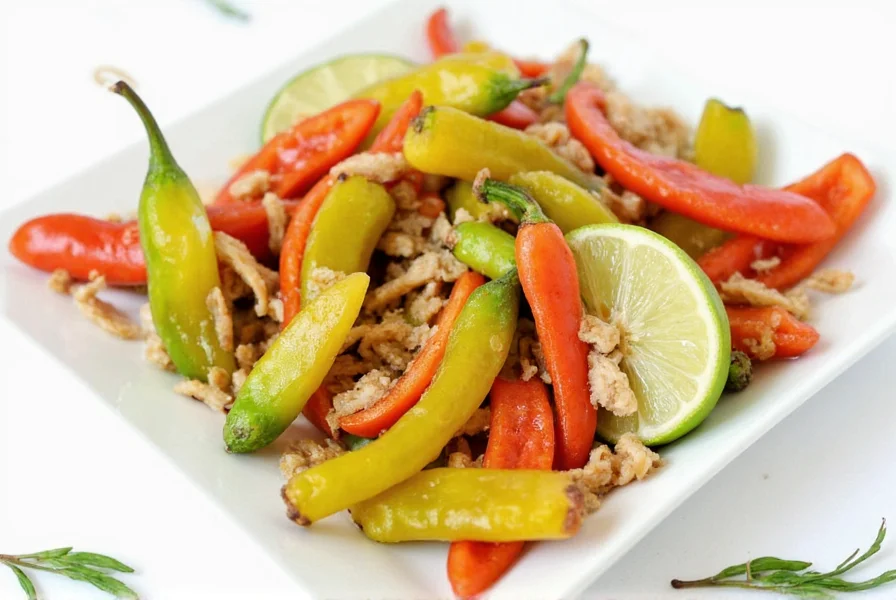









 浙公网安备
33010002000092号
浙公网安备
33010002000092号 浙B2-20120091-4
浙B2-20120091-4